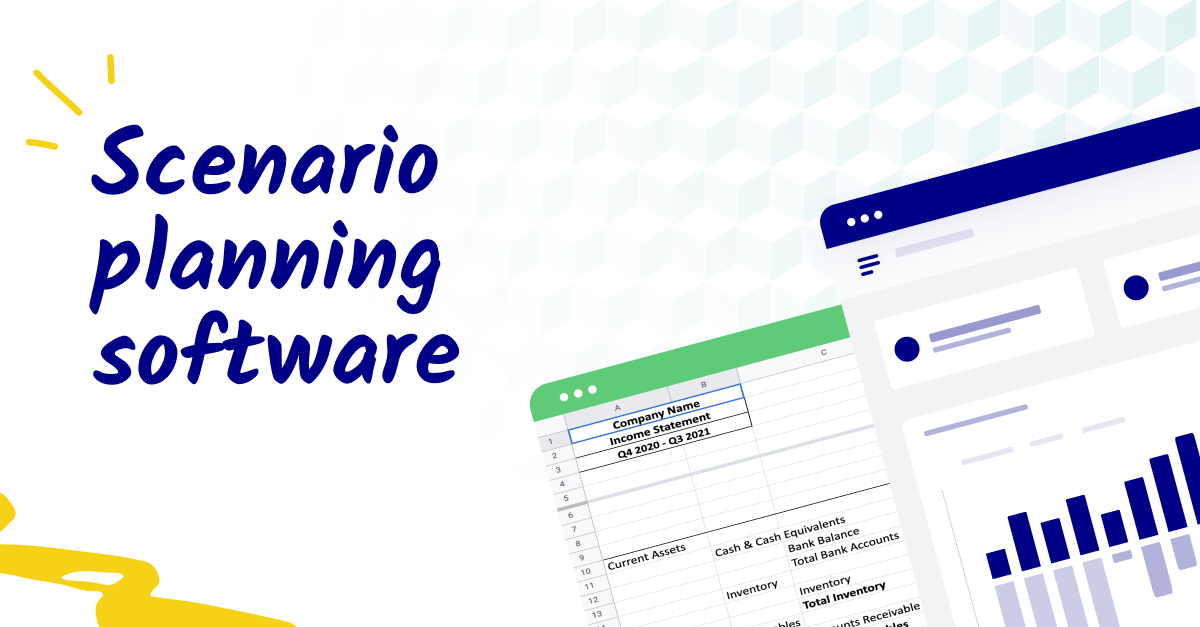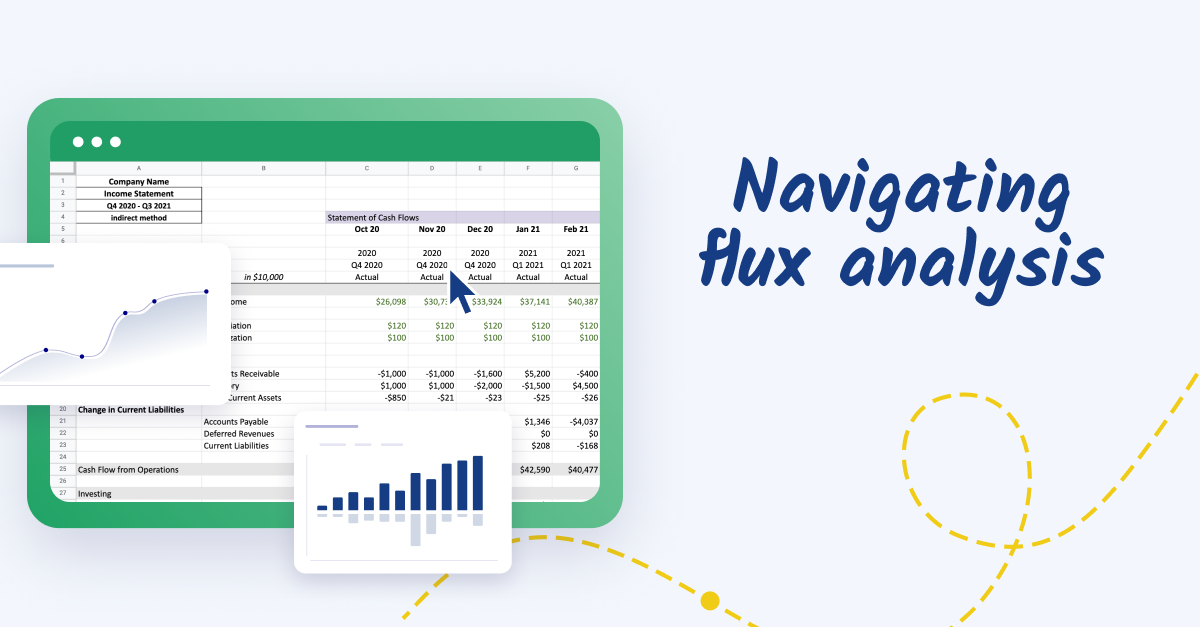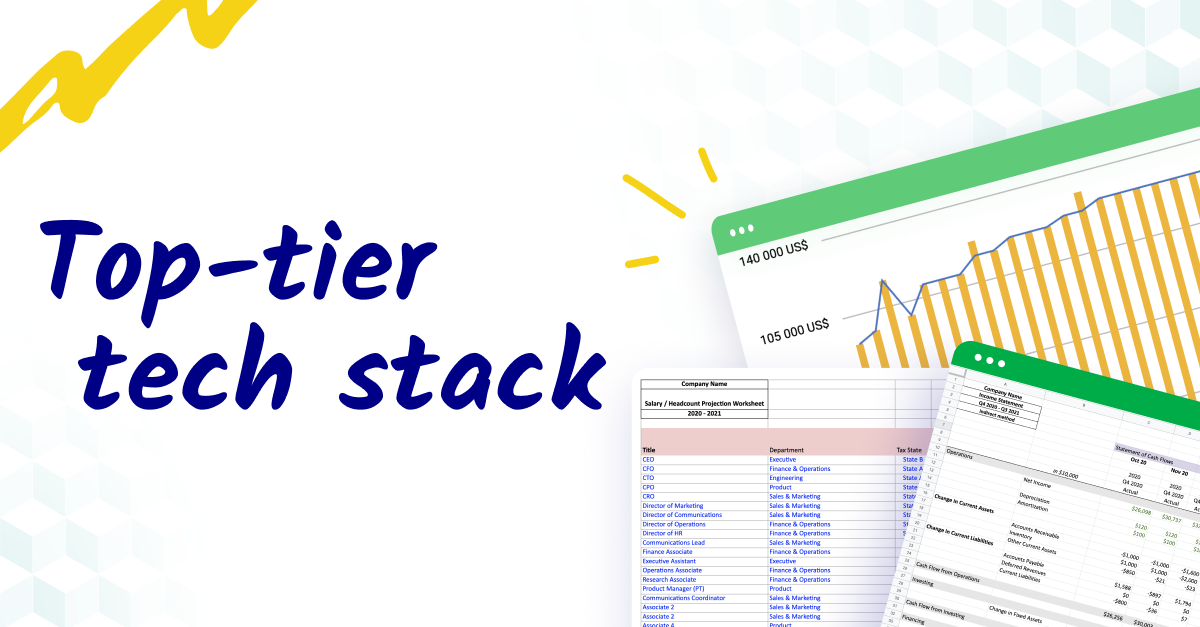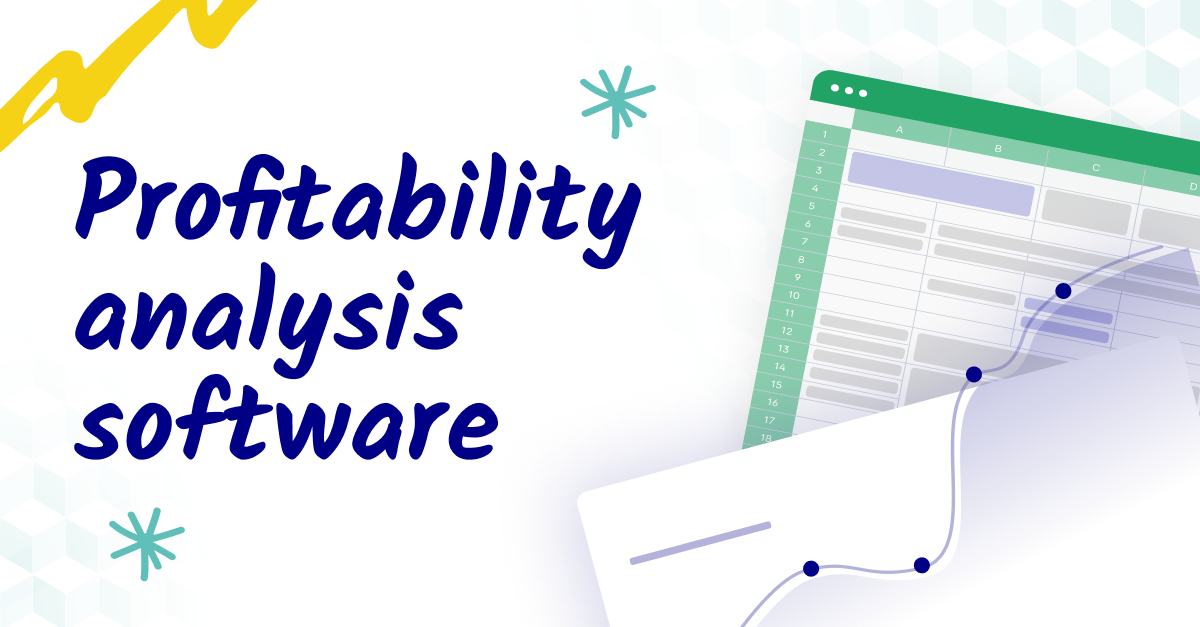The shift in scenario planning
Scenario planning in finance has evolved from a traditional static forecast to a dynamic, strategic tool.
For finance leaders, it's no longer about if scenario planning should be used, but how it can be refined and integrated seamlessly into the decision-making process. This shift has introduced a form of planning that's continuously updated with fresh data, offering a spectrum of potential outcomes that can be assessed and acted upon with speed and precision.
For SMBs, where the margin for error is often narrower and the need for operational flexibility is greater, the agility of scenario planning is especially critical. Scenario planning capabilities are essential for SMBs to stay nimble, make smarter decisions, and plan for the future while managing day-to-day operations.
Here are a few ways scenario planning helps SMBs quickly adapt to market changes, decide with clarity, and keep a strategic focus amidst daily challenges:
- Flexibility in uncertain markets: For SMBs, which often operate with tighter margins and less room for error, the ability to flex and bend with market changes is crucial. Scenario planning provides the flexibility needed to respond to economic shifts without losing momentum.
- Informed decision-making processes: Scenario planning transforms decision-making from a reactive task to a proactive strategy. By envisioning multiple futures, finance leaders can plan with foresight, making informed choices that drive the business forward rather than simply keeping pace with the market.
- Strategic long-term planning and operational agility: While scenario planning is indispensable for long-term strategy, it also ensures that SMBs remain agile on an operational level. It empowers finance leaders to balance their immediate actions with their long-term goals, ensuring that today's decisions support tomorrow's growth.

Identifying the risks: what finance leaders need to manage
Navigating a business through today's complex markets means being on top of the risks that could throw a wrench in your operations. For finance leaders, this means being the lookout on the ship, spotting potential storms ahead and plotting a course that keeps your SMB on track and moving forward.
Let's walk through the critical areas where your attention can make a real difference.
Market volatility and economic fluctuations
Economic trends can shift as quickly as the wind, and it's vital to be prepared. Whether it's a sudden market downturn or an unexpected boom, your strategies should allow your business to ride out the volatility without losing balance. It's about having the agility to respond to rapid changes in market conditions and safeguarding your company's financial health against economic storms.
Competitive landscape changes
Business is always evolving, and new competitors can emerge overnight. Keeping up-to-date on these changes means you can pivot your strategies effectively to maintain a competitive edge. This involves understanding what your competitors are doing, predicting where the market is heading, and ensuring your business is not just keeping up, but setting the pace.
Regulatory and compliance shifts
Regulatory landscapes can shift with little notice. Staying compliant is non-negotiable, so it's critical to track these changes meticulously. This helps avoid potential fines and operational disruptions that can come with non-compliance, allowing your business to operate smoothly and with integrity.
Operational risks
Every link in your supply chain can be a vulnerability. By identifying potential weak spots and having contingency plans in place, you can prevent the domino effect of supply chain disruptions. This means working closely with suppliers, understanding alternative sourcing options, and keeping communication channels open for quick response to any hiccup.
Financial risks
Finally, financial risks are the undercurrents that can swiftly undermine the stability of your business. Monitoring your cash flow closely, managing debts wisely, and assessing credit risks are critical tasks that ensure your business has the resources to cover its obligations and invest in growth opportunities. It's about having a clear picture of your financial health today and how it's projected to change, so you can make informed decisions and keep your business in a strong financial position.
The role of scenario planning software in risk mitigation
Effective risk management in today’s fast-paced economic environment demands robust tools, and scenario analysis software is increasingly at the heart of strategic decision-making for SMBs.
This type of software helps finance leaders explore potential futures and make informed decisions without getting lost in the data. It’s about turning what-ifs into strategic plans with a few clicks. Here we explore how a scenario planning tool can be a game changer in your risk mitigation efforts.
How scenario planning software works
Scenario analysis software allows you to create and analyze multiple financial scenarios based on various assumptions and external factors. You input different variables — economic indicators, market trends, operational changes — and the software models how these could affect your business outcomes. It’s a way to test your company's financial health against possible future states without manual number-crunching.
Certain features of scenario planning tools are particularly useful for SMBs, allowing for nimble responses to changing business conditions:
- Real-time data analysis: With access to real-time data, you can make immediate adjustments to your forecasts as market conditions change, ensuring your strategy remains relevant and robust.
- Integration with existing systems: Scenario planning tools that sync with your current systems streamline the process, pulling data from various sources to give a comprehensive view of your company's potential financial outlook.
- Automated scenario generation and comparison: The ability to automatically generate and compare different scenarios saves time and increases accuracy. It means you can quickly see side-by-side outcomes and make decisions with confidence, backed by solid data.
- Customization to unique business models: Flexibility is key for SMBs, and scenario planning software often allows customization to align with the specific business models, ensuring that scenarios are as relevant and actionable as possible.
- Stress testing and sensitivity analysis: You can use these tools to conduct stress tests on your financial models, seeing how sensitive your business is to various external pressures. This feature helps you identify and reinforce weak points before they become critical issues.
Selecting the right scenario planning software
Choosing the right scenario planning software is a critical decision for finance leaders who are intent on strengthening their SMB's ability to anticipate and manage risks. It's a balancing act of finding a solution that fits just right—offering the necessary capabilities without overwhelming your team or falling short on functionality as your business evolves.
Here are some of the key considerations to keep in mind when choosing software:
- Scalability to grow with your business: Ensure that the software can handle an increasing load of data and complexity as your company expands, without requiring a complete system overhaul.
- Customizability to meet unique business needs: Look for software that can be tailored to reflect your specific business model and scenarios, which is crucial for relevant and useful insights.
- User-friendliness for team adoption: The software should have an intuitive interface that your team can use without extensive training, increasing the likelihood of successful adoption.
- Integration capabilities: The ability to integrate smoothly with your existing systems to streamline data collection and analysis is essential. This avoids data silos and ensures continuity in your workflow.
- Robust reporting and visualization tools: High-quality reports and the ability to visualize data in clear, compelling ways can help communicate complex scenarios to stakeholders more effectively.
- Support and training resources: Consider the level of support the software provider offers. Comprehensive training materials and responsive customer service can significantly enhance your experience with the software.
Selecting scenario planning software with these considerations in mind will position your SMB to tackle risk management with a tool that is not just adequate for today's challenges but is also a long-term ally in strategic planning.
Best practices in scenario planning for finance leaders
Effective scenario planning is not just about having the right tools; it's also about applying best practices that make the most of these resources. For finance leaders, this means establishing a structured approach that is not only comprehensive but also adaptable to the unique contours of your business.
Here are some key best practices to implement for effective scenario planning:
Develop a scenario planning framework tailored to your SMB
Craft a framework that mirrors your specific business environment and objectives. This isn’t a one-size-fits-all approach; your framework should take into account the size, scale, and sector of your SMB, ensuring that every scenario you explore is grounded in reality and provides actionable insights.
Regularly update and revisit scenarios
Scenarios aren’t static; they should be dynamic. As real-world conditions shift, revisit and revise your scenarios to keep them relevant. This might mean adjusting for new economic data, market entries, or changes in consumer behavior — whatever the key drivers are for your business.
Train finance teams on leverage scenario planning tools
Ensure your team is proficient in using scenario planning software. Regular training sessions can help finance professionals stay up-to-date on features, data interpretation, and analysis techniques, maximizing the software's value.
Encourage cross-departmental collaboration
Scenario planning should not be siloed within the finance department. Involve other departments to provide different perspectives and data, enriching the scenarios with diverse insights.
Navigating common pitfalls in scenario planning
Scenario planning is a powerful technique for finance leaders to prepare for the future, but it’s not without its challenges. Recognizing common pitfalls and understanding how to avoid them can greatly enhance the effectiveness of your planning efforts.
By focusing on simplicity, data integrity, agility, and relevance, finance leaders can steer clear of obstacles that could undermine their strategic planning.
Avoid overly complex scenarios that paralyze decision-making
Beware of scenarios so detailed they hinder swift decision-making. The goal is to inform and guide action, not to create a web of analysis that becomes too cumbersome to navigate. Aim for the sweet spot where scenarios are comprehensive yet still manageable.
Ensure data quality and consistency
The output is only as good as the input. Finance leaders must ensure the data feeding into their scenario planning tools is accurate, timely, and consistent, as discrepancies can lead to misguided strategies.
Stay agile and adaptable in the planning process
The business landscape can change rapidly. It's crucial that your scenario planning process remains flexible to accommodate new information, enabling your business to pivot when necessary.
Keep scenarios relevant and actionable
Scenarios should be grounded in the reality of your business and its environment. They must be tailored to your SMB’s needs and remain focused on providing actionable insights that can directly influence business decisions.
Conclusion: be prepared for every scenario
Scenario planning software is a game-changer for SMBs, giving finance leaders the edge to turn market challenges into wins with smart, adaptable strategies. It's about staying nimble and making decisions with confidence. For finance folks looking to future-proof their business, this tech is your new best friend.
Want to learn why Cube may be the right fit for your business? Request a free demo today.



.png)









